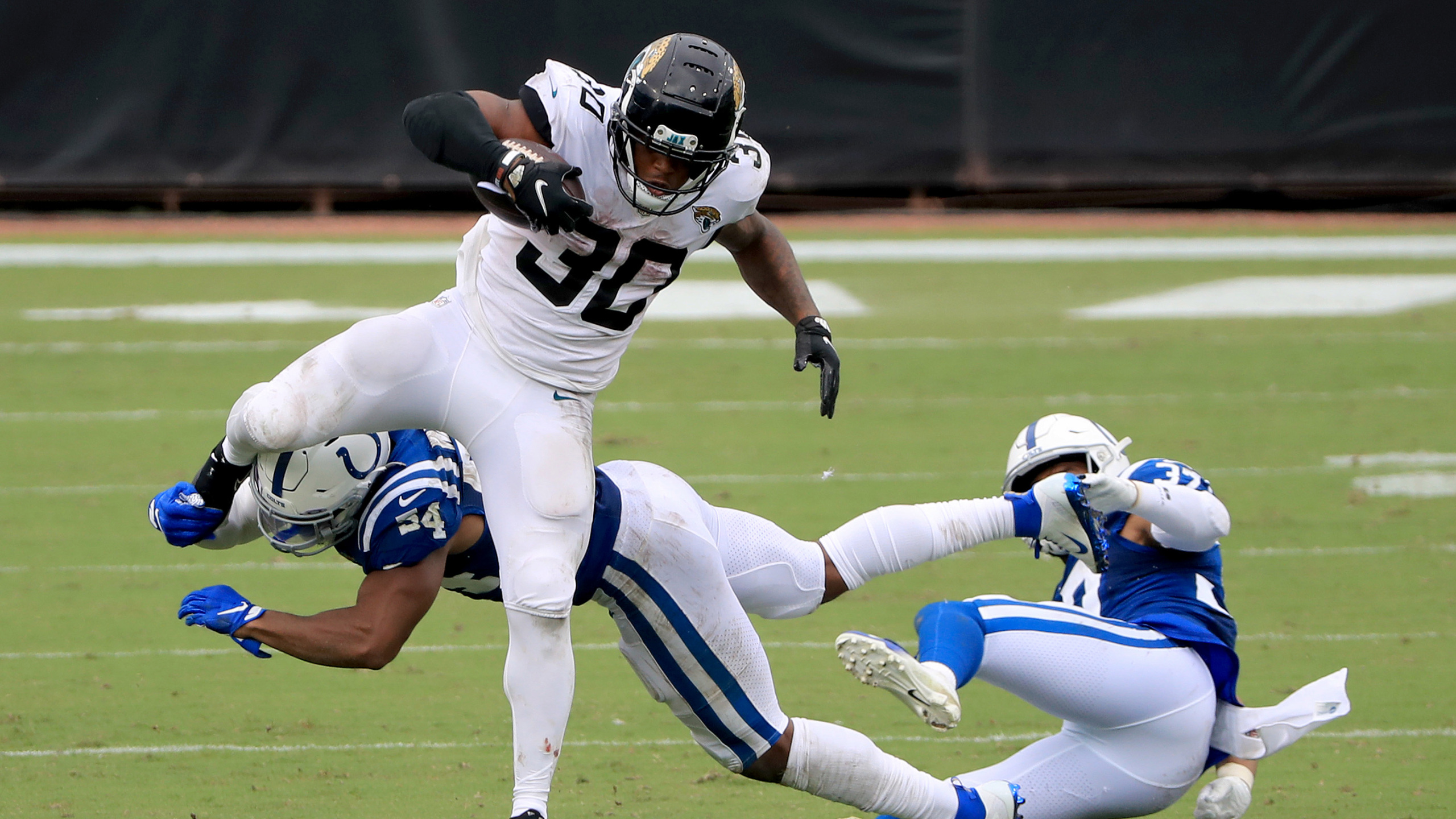
Happy Week 15, and more importantly, congrats if your team is still in the hunt!
Going into what is the semi-finals for most leagues, we’re nearing the end. You’ve crafted your team, set good lineups, and were on the right side of luck passed down from the Fantasy Gods. This is why we play the game. Go get that ‘ship!
And yet, most of our teams are out of contention. As the pool of teams steadily diminishes, we experience bad beats, unfortunate injury luck, poor lineups. It happens to the best of us. But the good news is this: Dynasty never ends. Sure you missed out this year, but another opportunity is ever on the horizon. No need to get too down over it, but instead let’s self-reflect together.
Well actually, I’ll be self-reflecting, and you will hopefully be learning from my mistakes.
Regardless, this week I’ll be looking at blindspots for each position on my dynasty rosters. These are the players left off of my rosters for one reason or another. We all have blindspots, those players that we just don’t view properly. If you didn’t share my blindspots, great, but it’s important to go through this exercise on your own so you can avoid similar mistakes in the future.
With that in mind take a look at my folly!
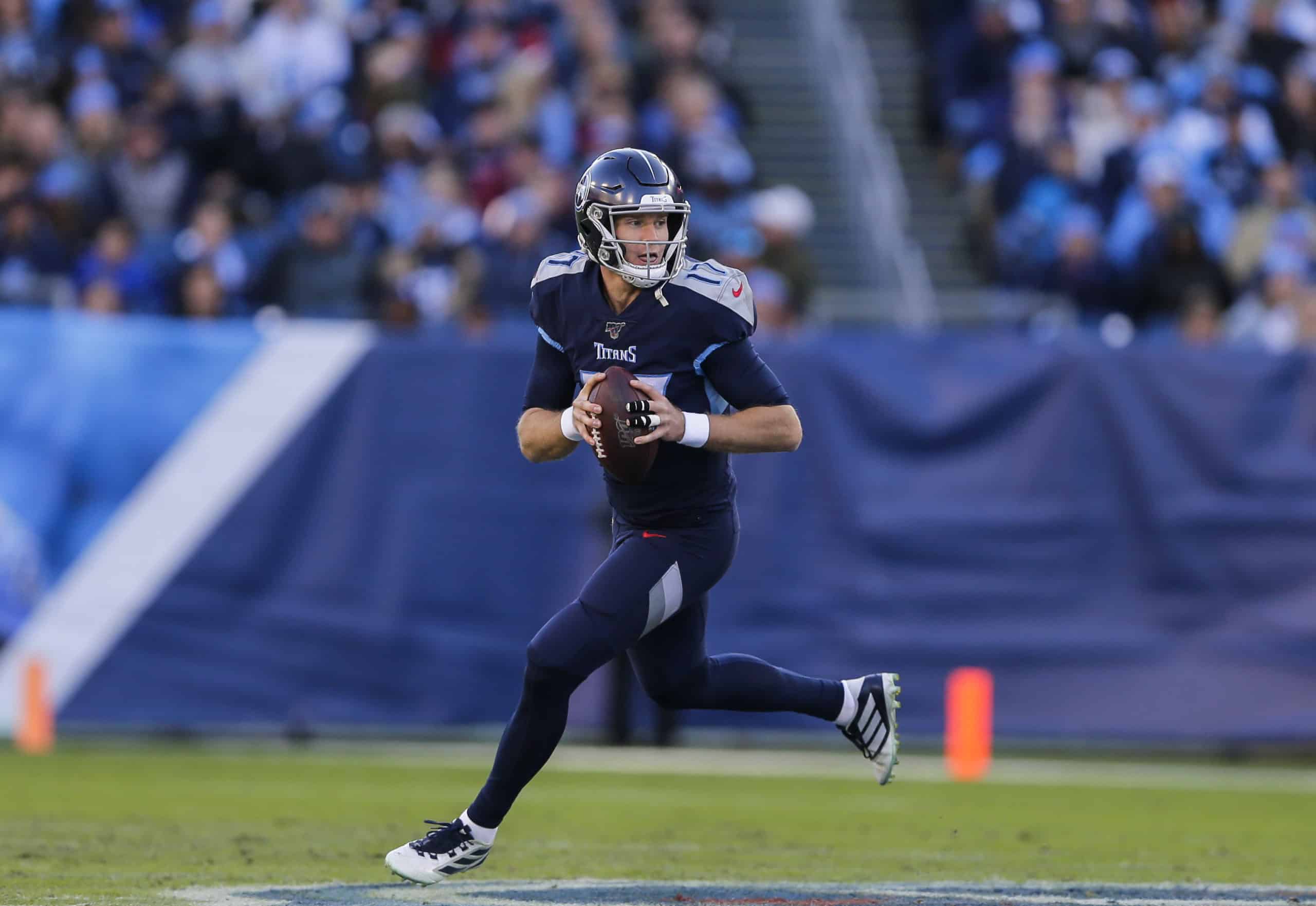
Quarterback: Ryan Tannehill, Titans
Reasoning: Regression
In 2019, after taking over for hapless Marcus Mariota, Ryan Tannehill set opposing defenses on fire. Coming from Miami, he looked like a good backup who could take over in a pinch, but certainly not a long-term option. And yet, Tannehill made the most of his ten game audition, earning a nice payday, and the reins to the Tennessee offense.
Tannehill was arguably the most efficient passer last year leading the league in True Passer Rating (118.2), Play Action Completion Percentage (75.9), Production Premium (+54.9), and Adjusted Yards Per Attempt (9.2). His True Completion Percentage (74.4) and Pressured Completion Percentage (44.3) were also top-10. The only area of struggle was his Deep Ball Percentage of 32.5 (No. 25).
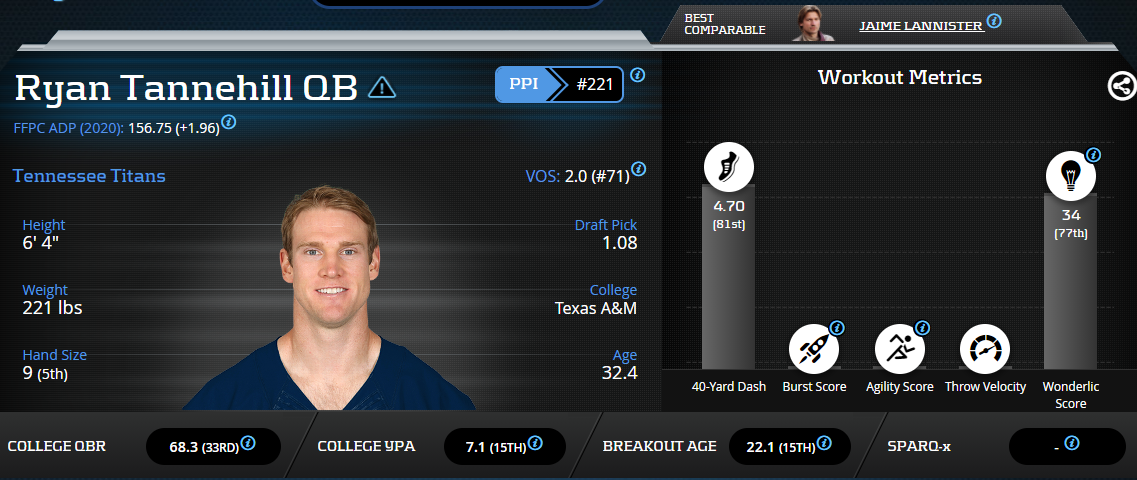
Going into 2020, I was still ashamedly skeptical. There’s no way Tannehill could keep up that efficiency and regression was guaranteed (he did regress in his efficiency, for what it’s worth). And so I opted for different options, some good (Aaron Rodgers was one of the most obvious buys for me this offseason) and some awful (I truly thought Carson Wentz would return to peak form, woof). But I ended up with exactly zero Tannehill, and that was a huge blind-spot.
Now, my thinking wasn’t entirely wrong:
Tannehill had to regress. But my mistake was thinking that he would regress to Dolphins-level of mediocrity. The thing is, Tannehill isn’t on those anemic Dolphins teams anymore. He’s a Titan, and the Titans seem to have a good play-caller in Arthur Smith and more importantly, exceptional talent surrounding Tannehill. And so, while Tannehill did regress from his Maholmes-ian level last year, he’s still been a high-level producer. His Adjusted Yards Per Attempt is still an excellent 8.4 (No. 4), and his True Passer Rating is an even better 124.1 (No. 2). He’s struggled more on his Play Action Percentage (62.1, No. 29), which was a large part of his game last year, but his overall production has still been that of a QB1.
And so the lesson for me moving forward is to be more careful when predicting regression. Just because a player will regress doesn’t mean he is a total fade and an obvious sell candidate. Instead, it’s helpful to dig into the number to discover a realistic regression point. Again, with Tannehill it was unrealistic to think he would be “Dolphins Tannehill” when the offense around him was more talented and he was working with a different offensive system more suited to his talents.

Running Back: James Robinson, Jaguars
Reasoning: Bias against late round/undrafted running backs in ambiguous situations
For the past few years, Leonard Fournette had a stranglehold on the Jacksonville backfield. You’d hope that was the case after laughably spending the 1.4 on him, but regardless, his dominance was absolute. And speaking of regression, Fournette was the poster child for positive regression after only scoring three touchdowns last year on an astounding 341 touches. He seemed to be locked into that role again in 2020 until the rumors started flying. Jacksonville it seemed was trying to give him away for next-to-nothing and no one was biting, leading to an outright release on August 31st.
This naturally led many fantasy gamers to wildly speculate about how the backfield would shakeout. Names like Ryquell Armstead, Devine Ozigbo, and Chris Thompson swirled around as did undrafted rookie free agent James Robinson out of Illinois State. It was a strange two weeks before the season started. The offense didn’t project to be amazing and for the most part we didn’t have a clear picture on who would take the lead. And so I did what I often do in those situations: stayed away.

Unfortunately for me, Robinson took over and never let go. It wasn’t an RBBC. Nope, it was Fournette 2.0. Robinson already has the workload that Fournette enjoyed, and he’s producing equally well.
His 18.0 Fantasy Points Per Game make him a top-5 running back. He is the definition of a league-winner. Those who own him picked him off the scrap heap and haven’t looked back. He hasn’t been incredibly efficient with his +8.7 Production Premium (No. 19), but he is making people miss with his 74 Evaded Tackles and 410 Yards Created which are both good for 4th in the league.
Now, today isn’t the day to make judgements on what to do with him moving forward. You might think he’s amazing or you might think he’s overrated and an obvious sell. That’s a different discussion for another day. Rather, we are here to learn from my mistakes. So moving forward Robinson teaches us to use the backend of dynasty rosters to scoop up players like him. Unload those roster-cloggers (I don’t care that T.Y. Hilton has been great recently, get what you can and move on) and stash players who could take over backfields or command regular targets.
This year, that approach might’ve led someone to grabbing Joshua Kelly, Myles Gaskins, and Robinson. All these backs, at one time or another, gained value this season and could’ve been traded for high-valued picks. Dynasty is about accruing value where you can, and the backend of your roster can be a great way to turn 4th round picks and FAAB money into fantasy points and 1st round picks.

Wide Receiver: Stefon Diggs, Bills
Reasoning: New team, new quarterback, and shortened off-season
I’ve always loved Stefon Diggs. Even if I don’t know the fine art of film grinding, I can appreciate a Diggs route. He is poetry in motion.
Still, two things were obvious in 2019: 1) Diggs was good at football and 2) Diggs was done with the Vikings. This second fact has become even more apparent as Diggs has opened up about his last days there.
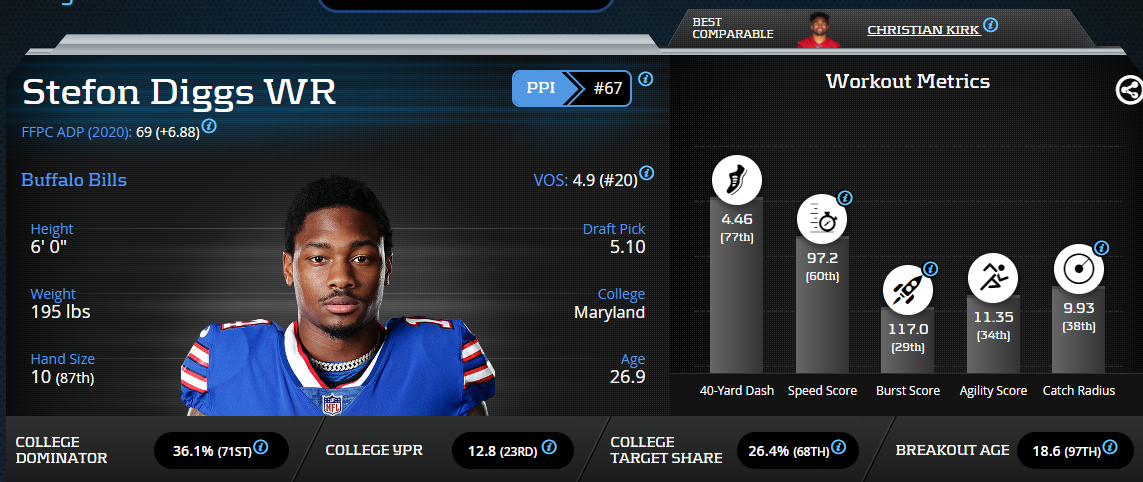
Even in a disappointing 2019 season with the Vikings, Diggs set a career high with 1130 receiving yards. Perhaps more impressively, he did so on only 94 targets (No. 34) and 63 receptions (No. 30). This led to a gaudy 17.9 YPR (No. 6). In Minnesota’s run-first offense Diggs still unleashed a +34.1 Production Premium (No. 4), even if he couldn’t wait to get out of there.
Fortunately for Diggs, who is right in the middle of his prime, the good news came in the form of a trade. He would be teaming up with Josh Allen in Buffalo. Unfortunately for me, I took this as a sign that Diggs was done.
Now, I’ll admit I wasn’t much of an Allen fan. And so I let that color my view of Diggs. I just couldn’t see Diggs as a WR1 with inaccurate Allen. What further worried me was a whole bunch of anecdotes that had nothing to do with stats. Allen aside, I had two main worries: 1) Can Diggs learn a new system effectively in such a shortened and weird off-season? No stats. Just wild speculation. 2) Can Diggs succeed on a new team, where his role might be different than it was in Minnesota? You can practically hear me talking aloud, “John Brown is the deep threat. Cole Beasley is the slot. So that makes Diggs the intermediate guy? Does Allen even like intermediate routes?”
Again, no numbers, just wild guessing. And so I bumped him down my rankings and draft board, I traded him in the one place I had him.
The lesson here should be obvious: Don’t get sucked into narratives that aren’t backed up with numbers. There’s an anecdote for every occasion, but we can do better than that. A simple look at Diggs’ numbers (and film if that’s your thing) tells us that Diggs is fantastic. And in dynasty we always want the talent. Opportunities change, but talent usually wins out.
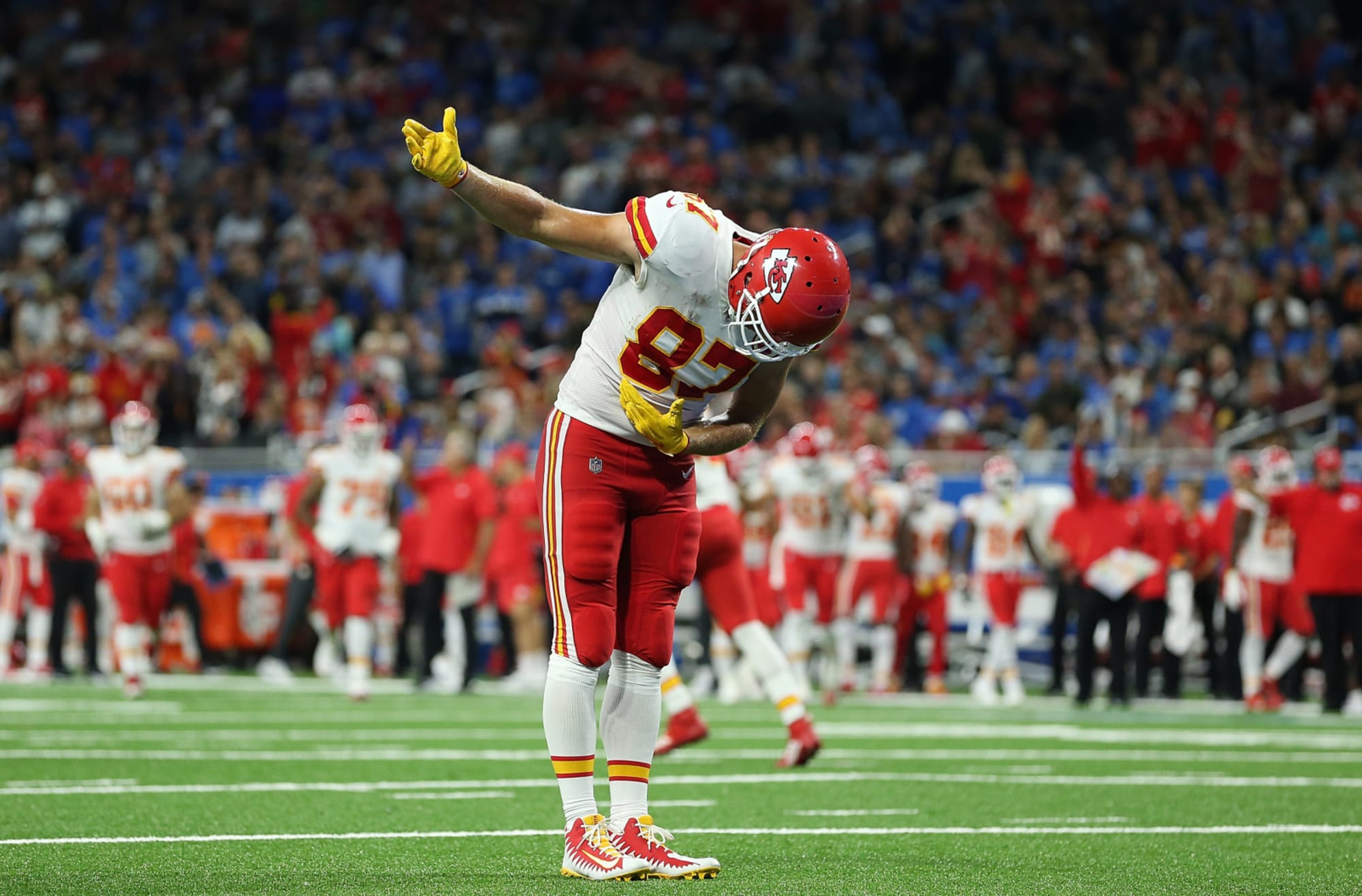
Tight End: Travis Kelce, Chiefs
Reasoning: Not worth the cost and other cheaper options could come close to replacing his production
Heading into the season there was a clear “big two” at tight end with a few others vying to make it a “big three”. When George Kittle went down, Travis Kelce was left as top dog, and despite a valiant effort from Darren Waller, no one has come close to Kelce this year. On the whole, the tight end position has been a mess, but waiting on tight end felt like the right thing to do this year.
We know that Kelce is the greatest tight end in fantasy history. Sorry, not sorry. Seriously though, Rob Gronkowski only has two full seasons on his career, and while Antonio Gates and Tony Gonzalez were great, nothing stacks up to this five year-stretch we’ve gotten from Kelce.

Still, for as great as he is, he was going into his age-31 season, and I envisioned a slight drop-off. Besides, I could grab Mark Andrews, T.J. Hockenson, Mike Gesicki, etc. and enjoy slightly less production for cheaper. Throw in their youth, and it felt like a slam dunk dynasty strategy. Even if you didn’t want these next tier guys, let everyone overpay for Kelce and scoop up a platoon of Jonnu Smith, Irv Smith Jr., and Ian Thomas (ouch).
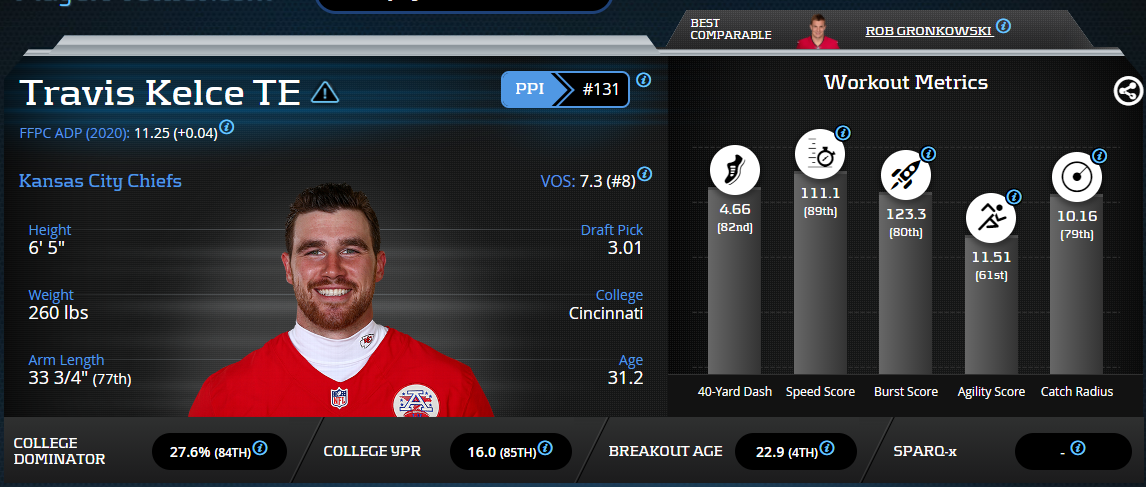
However, Kelce has been otherworldly. He might be the best pass catcher in the game and has an excellent shot to lead the league in receiving yards. As a freaking tight end. He’s unreal. And he doesn’t appear to be slowing down whatsoever.
He was well-worth a first round price tag, and I’m sitting here with all my Andrews shares, hoping Lamar Jackson figures out how to pass again and Andrews scores half as many points as Kelce in my tight end premium league (he’s currently at less-than-half).
The lesson here is straightforward, as well: Don’t be afraid to pay up at tight end.
It will of course bite us sometimes, like Kittle going down this year, but guess who else had lost (or mostly lost seasons)? Christian McCaffrey, Saquon Barkley, Michael Thomas, Joe Mixon, etc. There’s always injury risk. But gaining a huge positional advantage over your leaguemates is worth it. People were doing that with Gronkowski years ago, and he didn’t even play full seasons! Kelce has missed one game since his rookie season. He is the actual goat emoji.
I have a semi-final tilt against a team with Kelce this week and let me tell you: I’m terrified.
